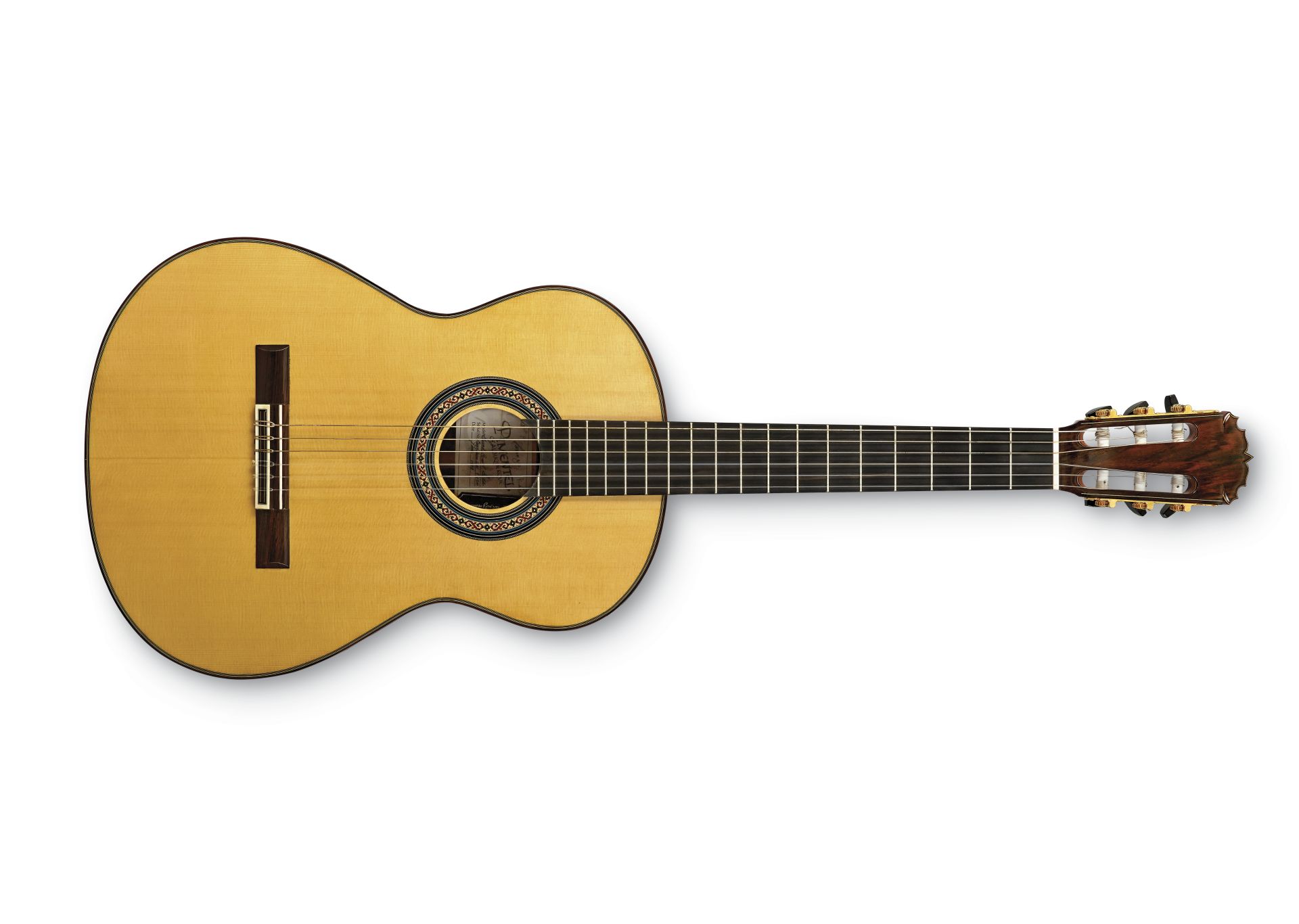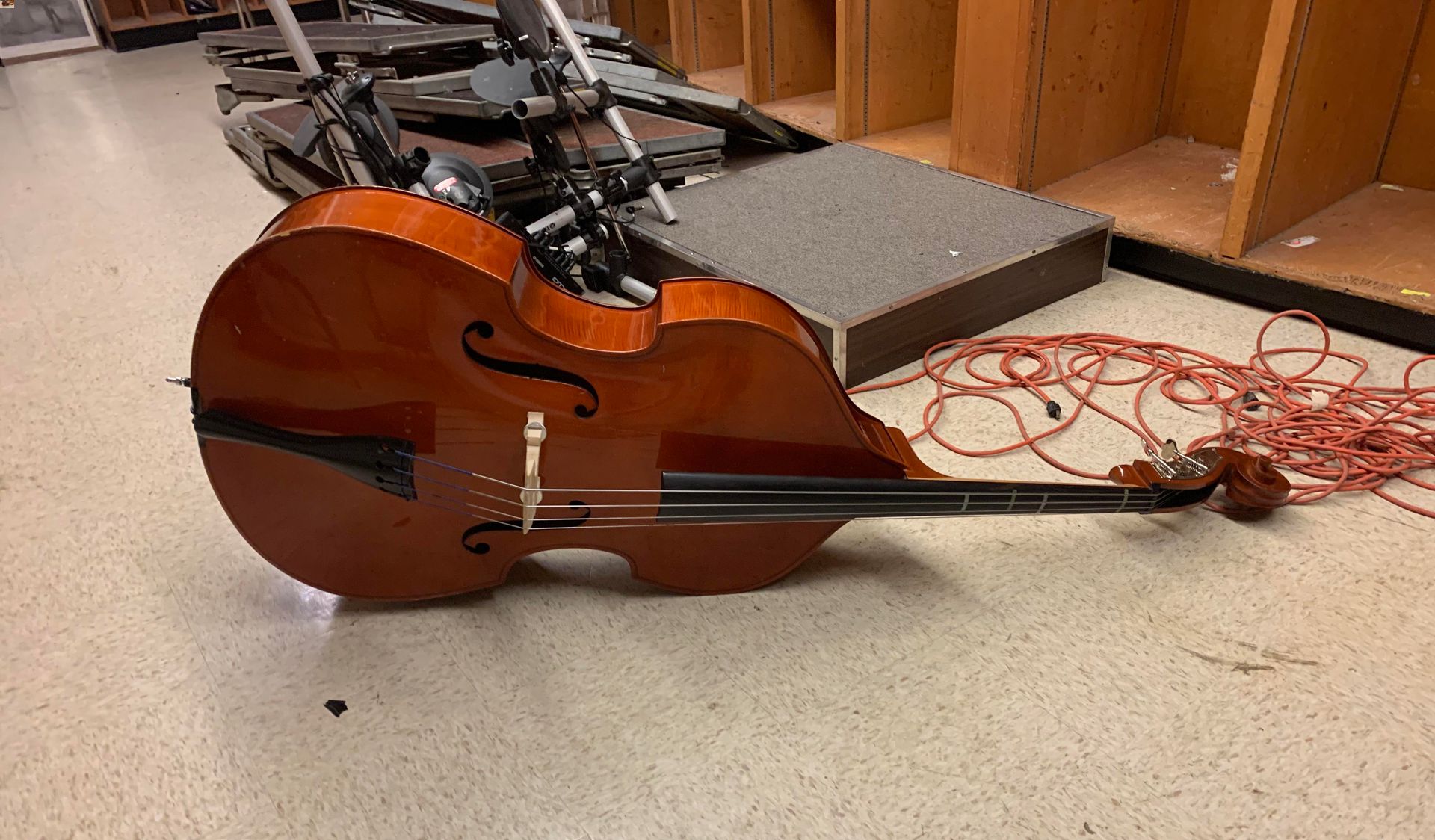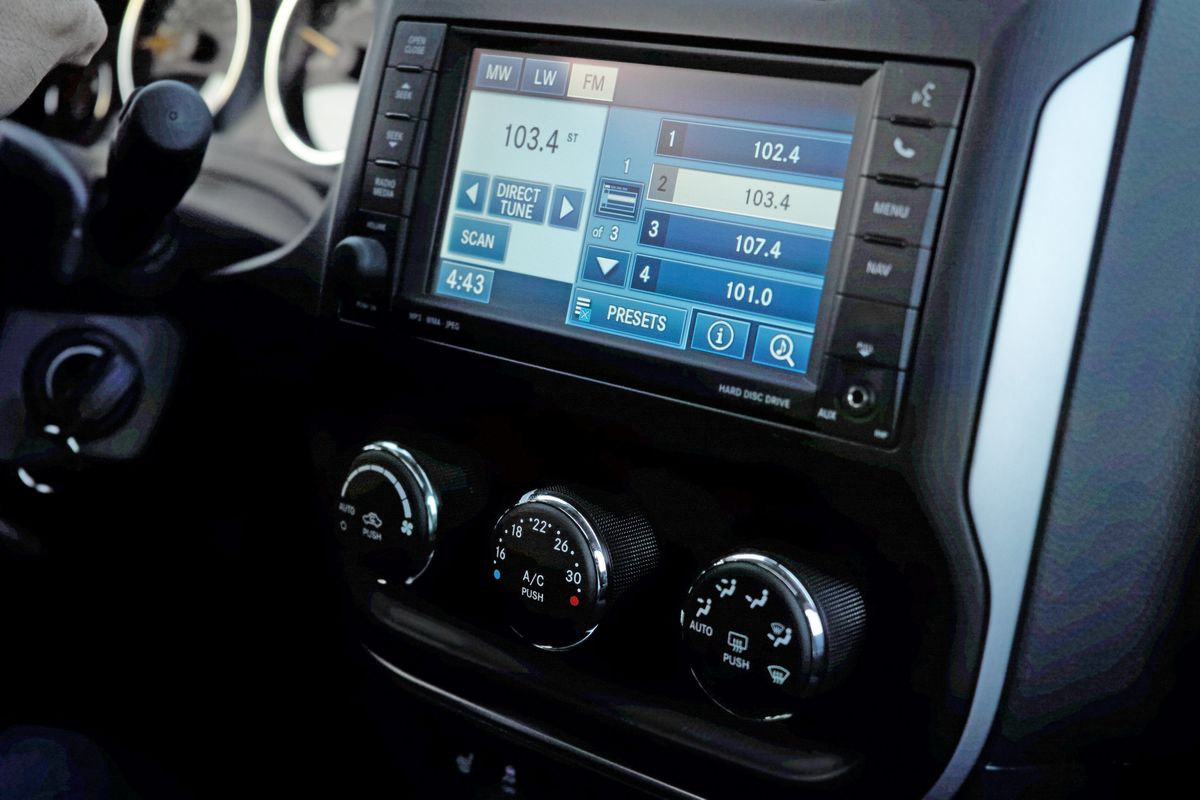Home>Instruments>Guitar>How Much Does A Guitar Weigh


Guitar
How Much Does A Guitar Weigh
Published: February 12, 2024
Discover the weight of guitars and learn how to choose the right one for you. Find out the average weight of different types of guitars and get helpful tips.
(Many of the links in this article redirect to a specific reviewed product. Your purchase of these products through affiliate links helps to generate commission for AudioLover.com, at no extra cost. Learn more)
Table of Contents
Introduction
When it comes to guitars, their weight can be a crucial consideration for musicians. Whether you're a seasoned performer, a passionate hobbyist, or a beginner just starting your musical journey, understanding the weight of a guitar and its implications is valuable knowledge.
The weight of a guitar can influence a player's comfort, endurance, and overall playing experience. It's not just about portability; it can also impact the sound, feel, and even the visual appeal of the instrument. As such, knowing how much a guitar weighs and what factors contribute to its weight is essential for any guitarist.
In this comprehensive guide, we'll delve into the world of guitar weights, exploring the various factors that can affect the weight of different guitars, the average weights of various types of guitars, how to measure guitar weight accurately, and practical tips for managing and mitigating the impact of guitar weight. Whether you're eyeing a new guitar purchase, aiming to optimize your playing comfort, or simply curious about this aspect of musical instruments, this article will provide valuable insights into the often-overlooked realm of guitar weight.
Factors Affecting Guitar Weight
The weight of a guitar is influenced by a variety of factors, each contributing to the overall heft of the instrument. Understanding these factors can provide valuable insights into why guitars vary in weight and how this can impact the playing experience. Here are some key elements that can affect the weight of a guitar:
- Wood Selection: The type of wood used in a guitar significantly impacts its weight. For example, mahogany is denser and heavier than alder, so a guitar constructed with mahogany is likely to be heavier than one made with alder.
- Body Style: Different guitar body styles, such as solid-body, semi-hollow, and hollow-body, can result in varying weights. Solid-body guitars tend to be heavier due to their dense construction, while hollow-body guitars are typically lighter.
- Hardware and Electronics: The hardware and electronics installed on a guitar, including pickups, tuners, bridges, and control knobs, contribute to its weight. High-quality, durable hardware may add heft to the instrument.
- Finish and Coating: The type of finish applied to the guitar, such as nitrocellulose lacquer or polyurethane, can impact its weight. Additionally, the thickness of the finish can add noticeable weight to the instrument.
- Scale Length: The scale length of a guitar, which is the vibrating length of the strings from the nut to the bridge, can influence its overall weight. Longer scales may result in a slightly heavier instrument.
- Additional Features: Guitars with extra features, such as built-in electronics, tremolo systems, or elaborate inlay work, may be heavier due to the added components and materials.
These factors interact to determine the weight of a guitar, and understanding their impact can help players make informed decisions when selecting a guitar that aligns with their preferences and playing style.
Types of Guitars and Their Average Weights
Guitars come in various types, each with its own characteristic features and, consequently, distinct average weights. Understanding the typical weights of different guitar types can aid in selecting an instrument that suits your specific needs and preferences. Here are some common types of guitars and their average weights:
- Electric Guitars: Electric guitars typically range in weight from 6 to 12 pounds, with solid-body electric guitars generally being heavier than semi-hollow or hollow-body models. The weight can vary based on factors such as wood type, hardware, and body shape.
- Acoustic Guitars: Acoustic guitars are generally lighter than electric guitars, with an average weight falling between 3 to 6 pounds. The weight can be influenced by the tonewoods used, body size, and additional features like built-in electronics.
- Classical Guitars: Classical guitars, known for their nylon strings and wider necks, typically weigh between 2.5 to 3.5 pounds. Their lightweight construction and classical design contribute to their comfortable feel during extended playing sessions.
- Resonator Guitars: Resonator guitars, characterized by their metal cones and distinctive sound, generally weigh between 7 to 14 pounds. The metal components and specialized construction contribute to their relatively heavier build compared to standard acoustic guitars.
- Bass Guitars: Bass guitars, whether electric or acoustic, can range from 8 to 12 pounds on average. The weight is influenced by factors similar to those affecting electric guitars, such as wood type, scale length, and hardware.
It’s important to note that these are average weights, and individual guitars within each category can vary in weight based on specific construction, materials, and additional customizations. When considering a guitar purchase, it’s beneficial to handle the instrument to gauge its weight and comfort firsthand, ensuring it aligns with your playing preferences and physical comfort.
How to Measure Guitar Weight
Accurately measuring the weight of a guitar is essential for understanding its impact on your playing experience and determining its suitability for your needs. Here are the steps to effectively measure the weight of a guitar:
- Use a Reliable Scale: To obtain an accurate measurement, use a digital or analog scale capable of weighing objects up to the weight of the guitar. Place the scale on a flat, stable surface to ensure precise readings.
- Prepare the Guitar: Remove any accessories or attachments from the guitar, such as straps, capos, or additional hardware, to measure the base weight of the instrument without external influences.
- Positioning the Guitar: Carefully place the guitar on the scale, ensuring that it rests evenly and securely to prevent any tilting or instability that could affect the measurement.
- Record the Weight: Once the guitar is positioned on the scale, record the weight displayed on the scale’s screen. For added accuracy, take multiple measurements and calculate the average weight to minimize potential errors.
- Consider Case Weight: If the guitar is typically stored or transported in a case, it’s beneficial to weigh the case separately to account for the combined weight of the guitar and its protective enclosure.
By following these steps, you can obtain a precise measurement of the guitar’s weight, enabling you to make informed decisions when assessing its suitability for your playing style, comfort preferences, and practical considerations such as portability and transportation.
Tips for Managing Guitar Weight
While the weight of a guitar is a fundamental characteristic, there are several strategies and considerations that can help manage its impact on your playing experience and overall comfort. Here are some valuable tips for effectively managing guitar weight:
- Choose the Right Guitar Strap: Investing in a high-quality, padded guitar strap can significantly alleviate the pressure and discomfort caused by a heavy guitar. Adjustable straps allow you to customize the length to achieve an optimal playing position.
- Explore Lightweight Materials: When selecting a guitar, consider models constructed with lightweight materials without compromising on tone and playability. Modern advancements in guitar construction have led to the development of lightweight yet resonant instruments.
- Utilize Ergonomic Support: Ergonomic guitar designs and innovative features, such as contoured body shapes and armrests, can enhance playing comfort and reduce the strain associated with extended practice or performance sessions.
- Regular Exercise and Conditioning: Engaging in exercises that strengthen your back, shoulders, and arms can improve your endurance and ability to manage the weight of a guitar during prolonged playing sessions.
- Optimize Playing Posture: Maintaining proper posture and positioning while playing can mitigate the physical strain caused by a heavy guitar. Practice good posture habits to distribute the weight more effectively across your body.
- Consider Gigging and Practice Scenarios: If you frequently perform live or engage in extended practice sessions, evaluate the practical implications of the guitar’s weight in these contexts. Striking a balance between comfort and sound quality is crucial for consistent performance.
- Explore Alternative Playing Positions: Experiment with sitting and standing playing positions to determine which approach minimizes the impact of the guitar’s weight on your body. Adjusting the strap length and playing angle can also influence comfort levels.
- Regular Rest and Relief: Incorporate short breaks during practice or performances to relieve any strain caused by the guitar’s weight. Stretching and adjusting your posture during these breaks can prevent discomfort and fatigue.
By implementing these tips and considering the practical implications of guitar weight, you can enhance your playing experience, minimize physical strain, and optimize your comfort and performance capabilities when wielding your instrument.
Conclusion
Understanding the weight of a guitar and its impact on the playing experience is an essential aspect of being a guitarist. From the materials used in construction to the design elements and additional features, numerous factors contribute to a guitar’s weight, influencing its comfort, playability, and practicality for musicians. By recognizing these influences and considering the average weights of different guitar types, players can make informed decisions when selecting an instrument that aligns with their preferences and physical comfort.
Measuring guitar weight accurately is a straightforward process that empowers musicians to evaluate the practical implications of an instrument’s heft and make adjustments to enhance their playing experience. Additionally, implementing strategies for managing guitar weight, such as utilizing ergonomic support, optimizing playing posture, and exploring lightweight materials, can significantly alleviate the physical strain associated with wielding a heavy guitar, ensuring a more comfortable and sustainable playing experience.
Ultimately, the weight of a guitar is not just a numerical value; it’s a crucial consideration that intersects with the artistry, physicality, and personal connection of playing music. By embracing a holistic approach to understanding and managing guitar weight, musicians can cultivate a playing environment that prioritizes comfort, longevity, and the joy of creating music without unnecessary physical constraints.
Whether you’re a seasoned performer, an aspiring artist, or a dedicated enthusiast, acknowledging the impact of guitar weight and implementing practical measures to manage it can enrich your musical journey and elevate your connection to the instrument, fostering a harmonious balance between physical comfort and artistic expression.











